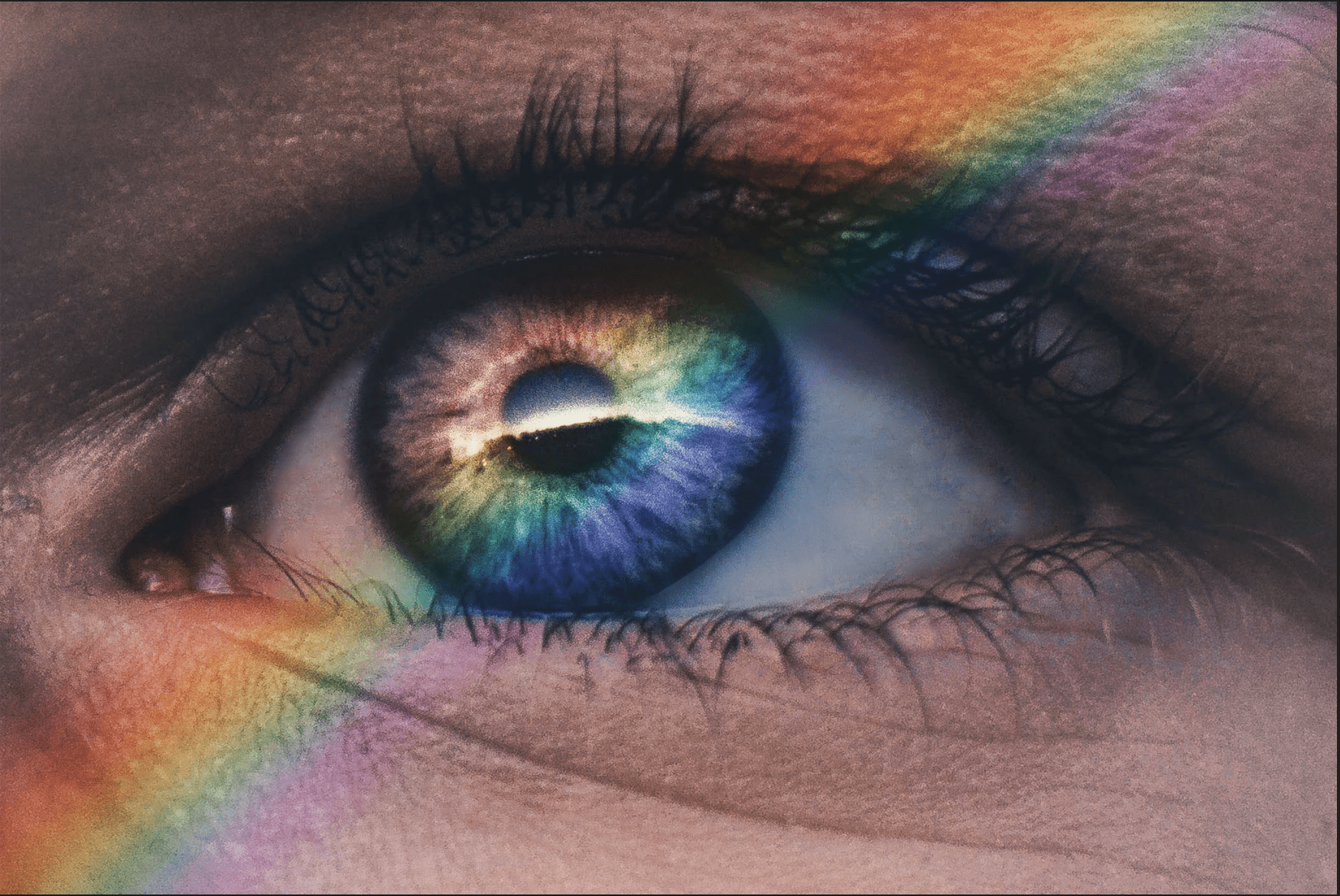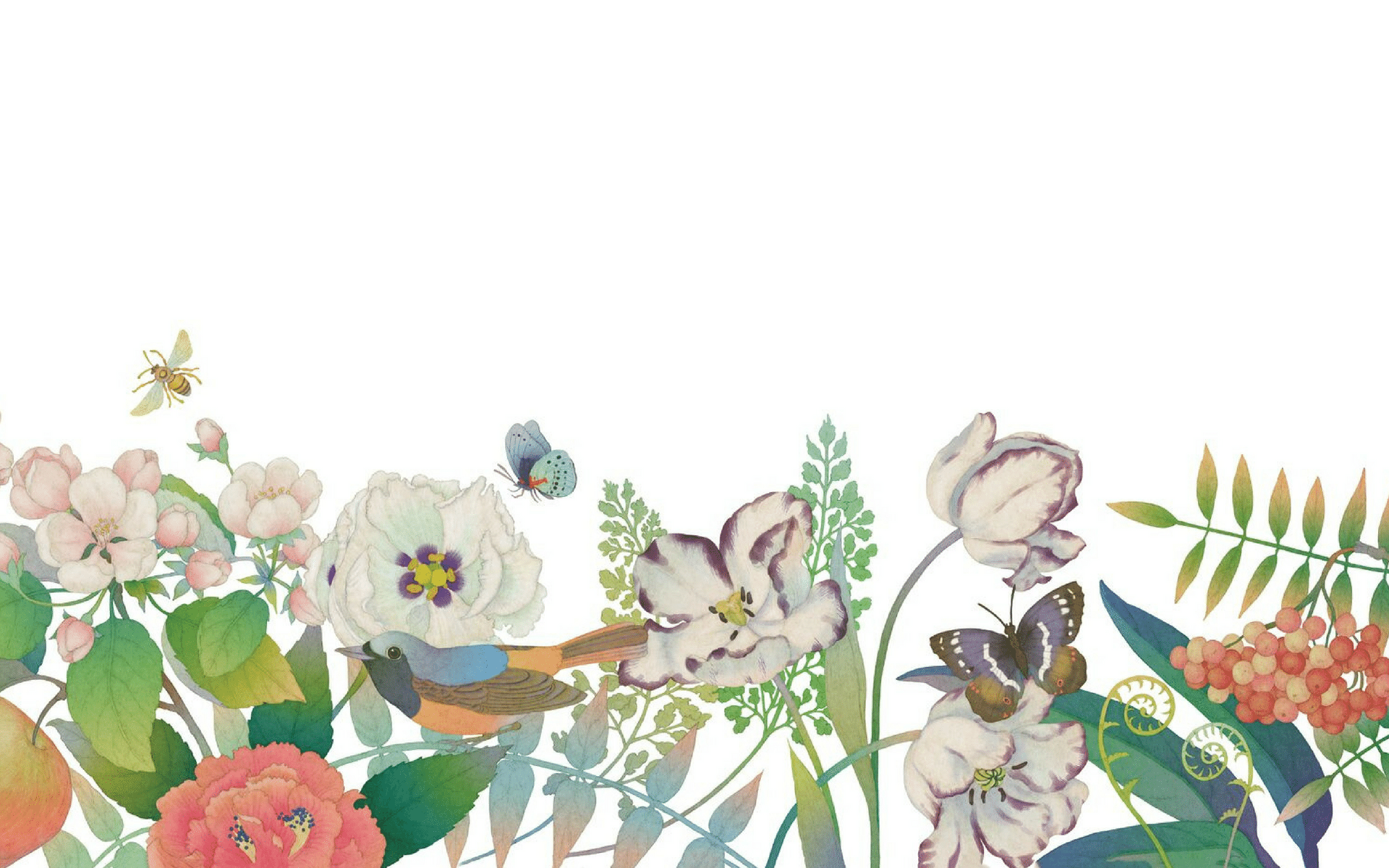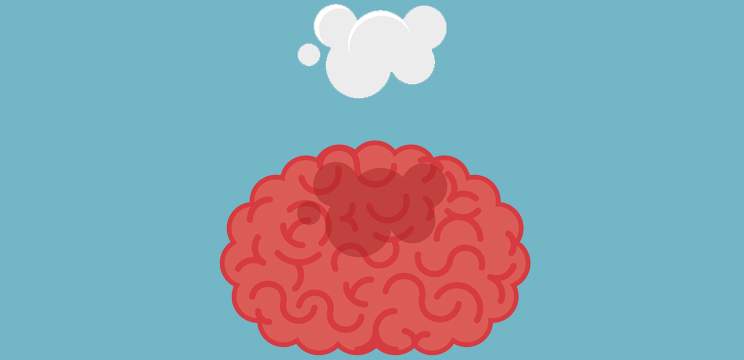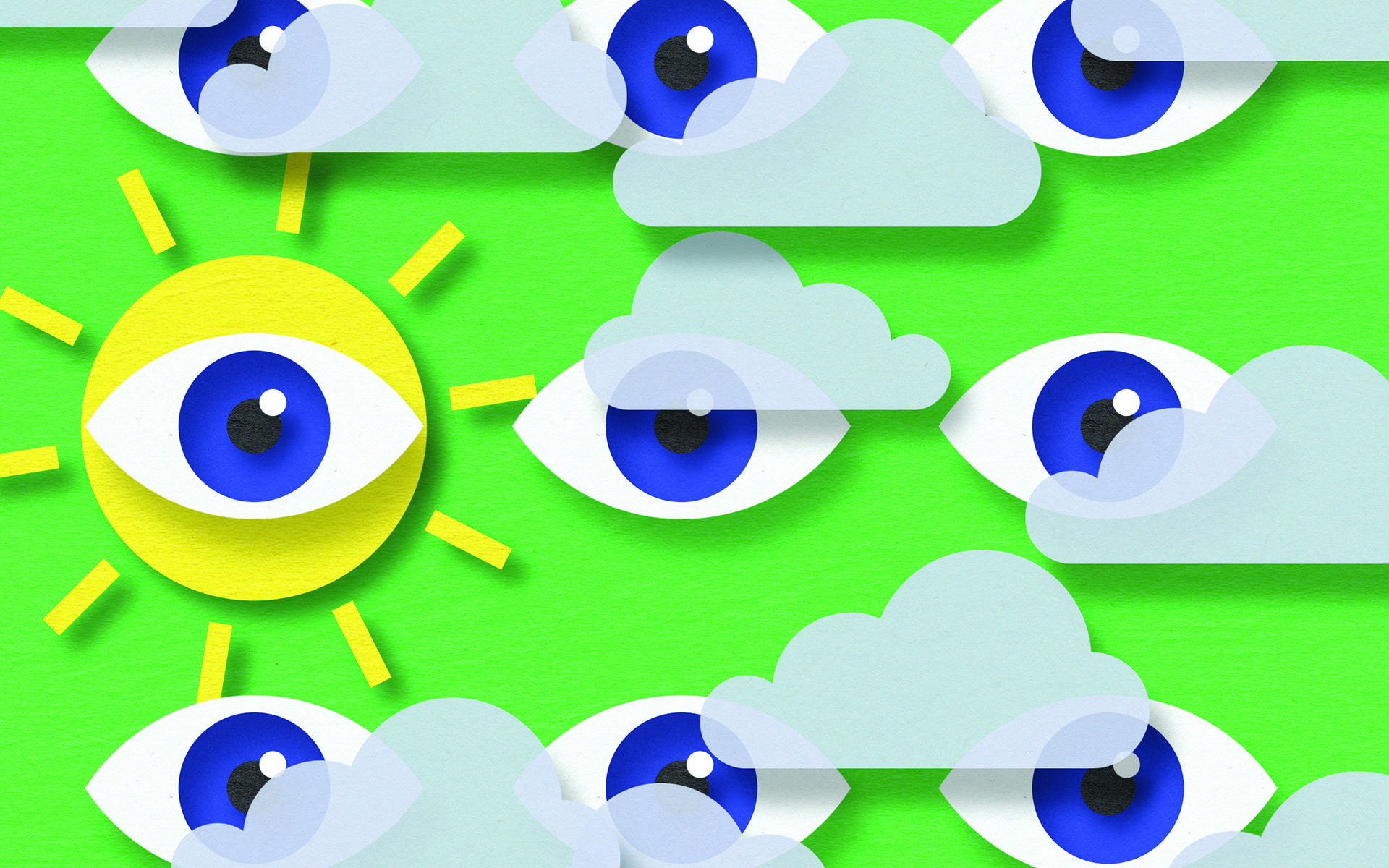The practice of mindful looking starts with unburdening ourselves of the stories we’re constantly telling ourselves, says Diana Winston, director of mindfulness education at UCLA’s Mindful Awareness Research Center. It’s the difference between “looking,” she says, and “looking to see something.” It’s not as easy as it sounds.
Each day, most of us think nothing about the fact that we wake up and don’t make a move until the sunlight or a light turned on in our room is there to guide us. In the grand scheme of the planet, however, that’s an unusual orientation. Most species, including all manner of insects, plants, and animals, primarily navigate the world through pheromones. While we all know that dogs have a better sense of smell than we do, the same is true for most species on the planet, according to biologists such as E. O. Wilson. A moth may be drawn to a flame, but it will also be drawn to a willing mate by minuscule quantities of a particular molecule emitted by a potential partner scores of miles away. At that distance, a human would need a dating app—or at the very least a friend willing to play matchmaker.
We, humans, have uniquely evolved to navigate the world primarily through sight. When mindfulness practitioners talk about the “visual field,” they are simply referring to whatever we’re taking in through our eyes, and, according to Winston, it doesn’t need to be a required part of our practice, “because so much of meditation is done with our eyes closed.”
She notes that some types of meditation may encourage you to focus on or visualize an image, or the flame of a candle, and it’s possible to “include the visual field either externally or internally.” Winston says, “It’s a whole other way to be mindful that can be quite enjoyable and helpful, and very translatable into everyday life.”
Experiencing What You See
At Winston’s center at UCLA, they start by defining mindfulness as “paying attention to present moment experiences with openness, curiosity, and a willingness to be with what is.” When it comes to looking, Winston acknowledges that simply being with what is can be a challenge.
When it comes to looking, simply being with what is can be a challenge.
While most of us may not have a candle on the bedside table drawing in unsuspecting moths, we probably do have a lamp. Mindful looking means we observe the lamp without getting caught up in the “concept” level, Winston says, where we immediately think to ourselves, “This lamp shade is always crooked. It’s time to buy a new lamp.” That’s when we’re getting lost in the story, which we’re trying not to do with mindfulness.” She explains that in that moment, we’ve switched from our “experiential self” to our “narrative self.” So, with the lamp, our experiential self might notice how the color shifts slightly from one side to the other depending on how the light falls.
“When you switch into the narrative self,” she says, “that’s a very important way we have to be in life. Often, we have to have the narrative self-engaged. But when we’re bringing in mindfulness, we want to be more connected to the experiential self.”
Looking Without Judging
Our unconscious judgment of situations and of other people is nearly constant; as humans, we are drawn to narratives just as those moths are drawn to a flame. What if we allow ourselves to snuff out that flame and take in our visual field without narrative—and without judgment?
In this time of deep division and unrest, it is possible that “slow looking,” especially when we move about in the world, may help us settle into a space in which we simply allow others to be as they are and to allow ourselves to be as we are, without judgment.
Mindfulness Practice: Savor What You See
The next time you leave your home for a walk when you experience another person on the street, simply take them in. Don’t stare creepily. But just notice their body, their gait, the shape of their face. The mask that may cover their face. Does this experience of simply noticing a human being who is present in your visual field help you remove some of the divisions that your inner narratives might highlight? Can you identify some of the narratives you might place on this person? Can you create more space for compassion? It’s possible that this way of tapping into your experiential self can help you appreciate the complexity of people’s forms and their movements as beautiful in and of themselves.
Appreciating ordinary, everyday beauty, says Winston, “can really transport people into a mindful state” because “you’re just in a place of connection and presence.” The approach, Winston reminds us, is to be “curious and open” and, per the last part of UCLA’s working definition of mindfulness, exhibit “a willingness to be with the experience.” To be with one another, without judgment.
read more
Meditate With Your Five Senses
Carolyn Gimian explores how we can find the essential space and aliveness within everyday activities.
Read More
Mind-wandering is Not a Problem
By noticing and getting to know our patterns, we untangle from the bind of automaticity.
Read More
What it Means to Have Clear Vision
Having a clear sense of purpose can guide you when things don’t go as planned and help you navigate those moments when you feel unsure of your next steps.
Read More










